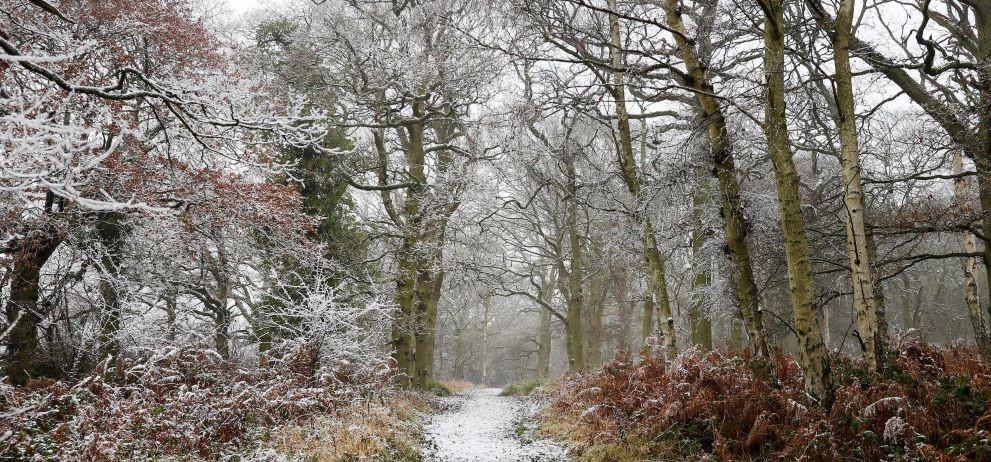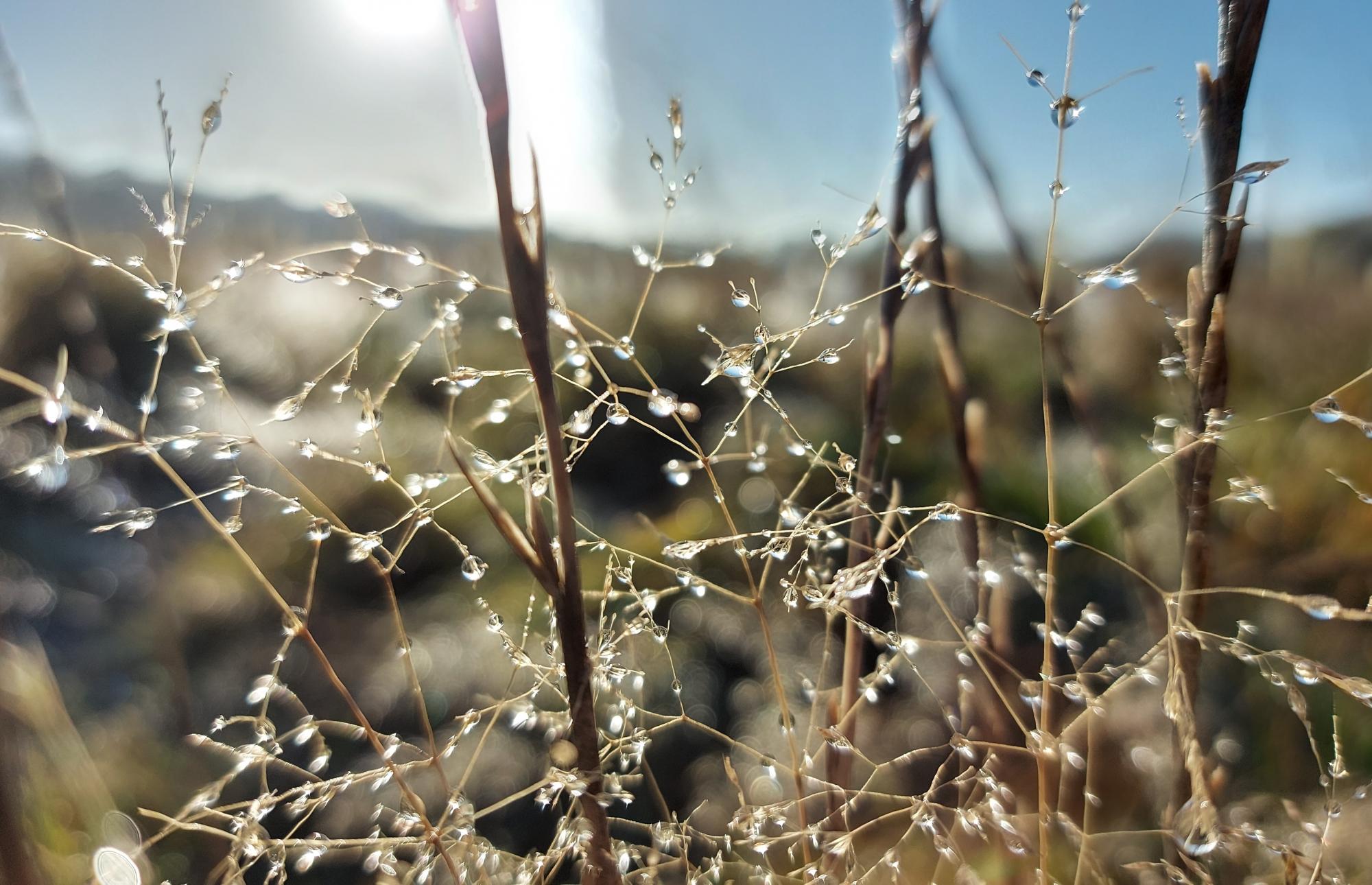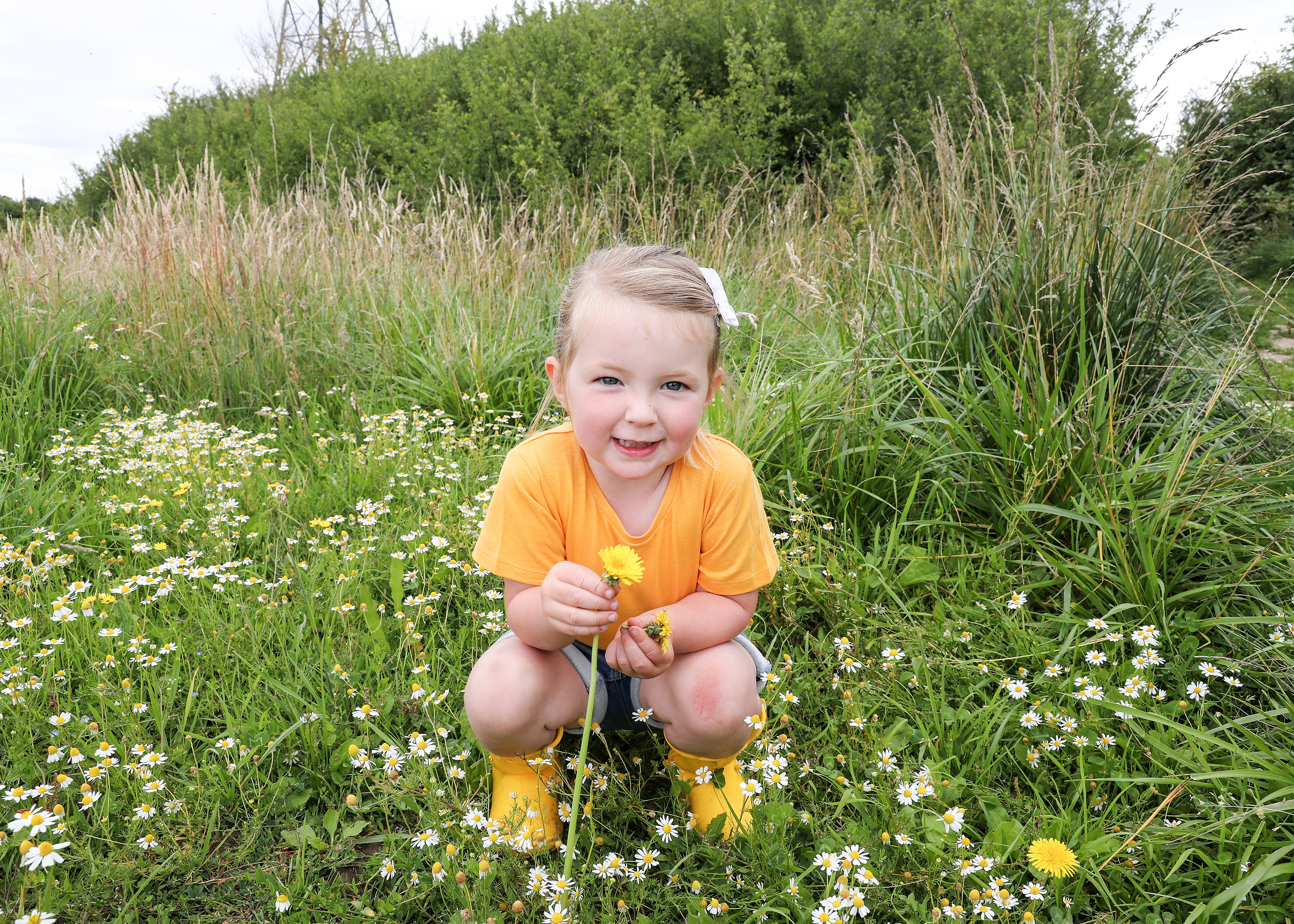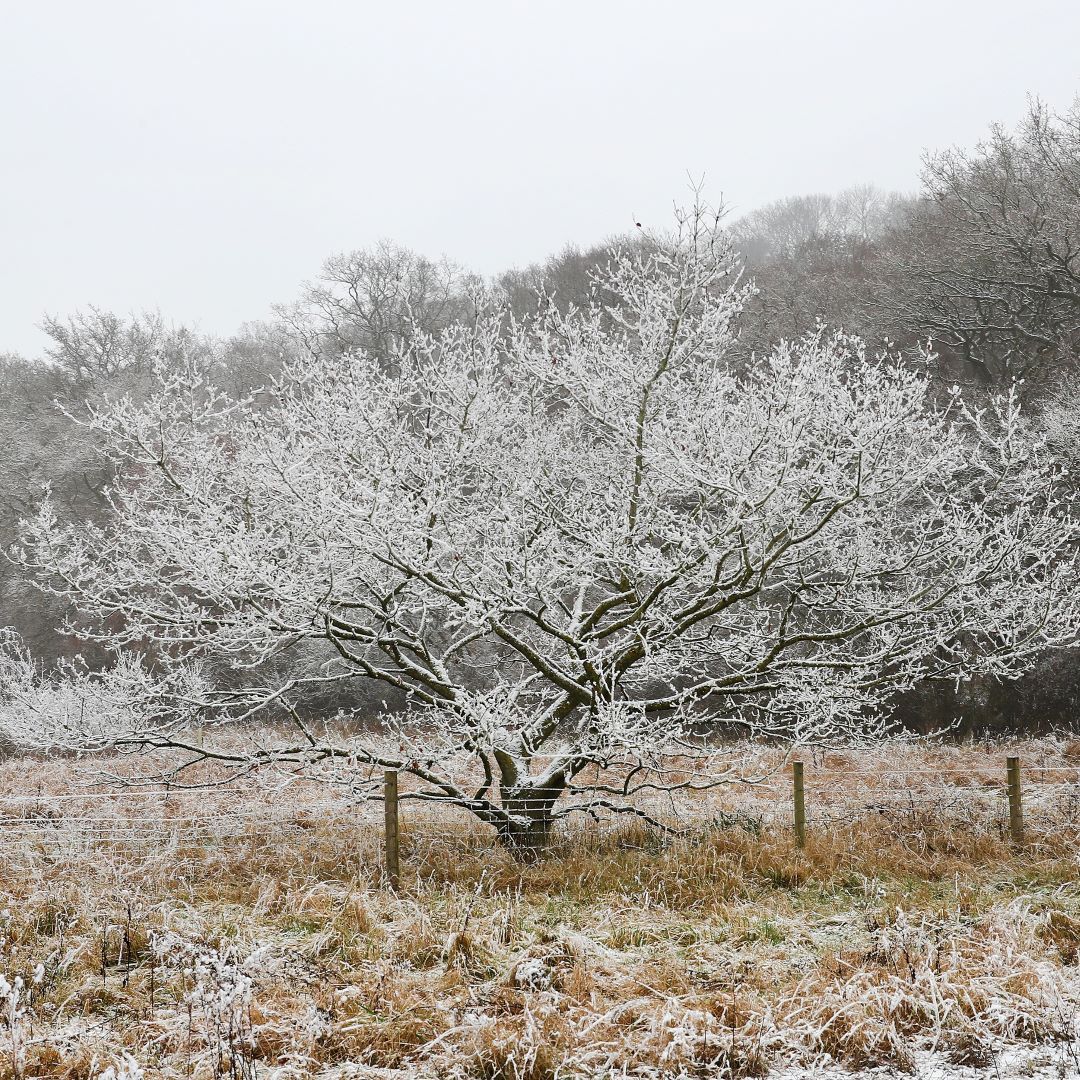
How nature is helping us through lockdown
As we find ourselves in another lockdown, many people may be wondering how to gain a sense of calm in a chaotic world. Those juggling the responsibilities of home schooling and work, or those feeling isolated and lonely, may be searching for respite and comfort. As we discovered in the lockdowns last year, people can find this solace in nature.

Spending time in nature during the pandemic
Walking in the Forest, listening to birdsong, or simply noticing the frosted dew on a spider’s web can offer an encouraging reminder that the world keeps turning, nature keeps cycling, and that this difficult time will pass.
A report by the University of Cumbria*, completed last year, explored the connection with nature during the March/April 2020 lockdown. With other sources of entertainment closed to us, and local exercise one of the few reasons we were able to leave the house, many people turned to the outdoors for both activity and leisure. The report found that all age groups spent more time in nature each day than they did before lockdown.
Going even further, more than a third of those interviewed said they had intentionally studied nature in detail during the lockdown, for instance by learning to identify trees or birds. The majority of respondents had found pleasure in exploring new places locally. No doubt they will do so again his time round.
The Forest has remained open throughout the pandemic and our experience echoes that of the report. We saw a large increase in the number of people visiting the Forest during the first lockdown last March, as more people locally discovered the woodlands for the first time. In addition, for many regular visitors to the Forest, the pandemic has brought a new-found appreciation of spending time in the great outdoors, so they have visited more regularly.
For people who live near the Heart of England Forest, the 7,000 acres of woodland offer an immersive retreat from the stresses of lockdown life. For those from further afield, any local green space, however small, can offer the same opportunity to engage with nature.

An increased respect for the natural world
The report also found that people’s new connection with outdoor spaces triggered an increased interest in and respect for the natural world. 66% of people reported that they were more likely to spend time in nature in the future. 70%, including those living in cities, said they would be more likely to notice nature in their local area after lockdown.
Many also reported that they would be more inclined to encourage plants and wildlife in their own gardens or yards and to support environmental charities. Here at the Forest, we were heartened to receive double the number of Friend of the Forest sign up’s compared with previous years, which in turn helps us to grow the forest and increase the resource available for people and wildlife.
For many, social media use in relation to the natural world increased, including talking to friends about nature or sharing photographs of the great outdoors. Importantly, this also brings the great outdoors to people who are unable to leave home, enabling them to connect with nature virtually. Our 15 Second Forest video clips on our social media channels aimed to do just this. An increased appreciation for the environment may be one of the positive things to come out of these difficult months.

Spending time in nature in the winter
Of course, it was spring during the first lockdown last year, and the UK experienced some gloriously warm and sunny weather. But wrap up warm and the Forest or a local park in winter can offer the same benefits. A bracing walk over crunchy frost-dusted leaves provides physical exercise, relaxation for the mind and a break from the anxiety of life in lockdown.
Engaging with nature in an urban area with little green space may be more challenging but not impossible. Encouraging sparrows to visit by hanging a bird feeder in a window can create that welcome connection with the natural world. Planting native daffodil bulbs in an old pot on a windowsill can bring some colourful cheer as we emerge from winter into spring.
And if you find yourself longing for warmer days, take a look at the Forest’s virtual bluebell walk. You will experience a meandering walk through the Forest in May, complete with birds singing, lush green leaves and nodding flowers. By the time the bluebells are carpeting the Forest this year, we hope that a return to a more normal life is on the horizon. The snowdrops are already on their way.
*Connection with Nature in the UK during the COVID-19 Lockdown by Tania Lemmey, August 2020. In association with the Centre for National Parks & Protected Areas, University of Cumbria.



